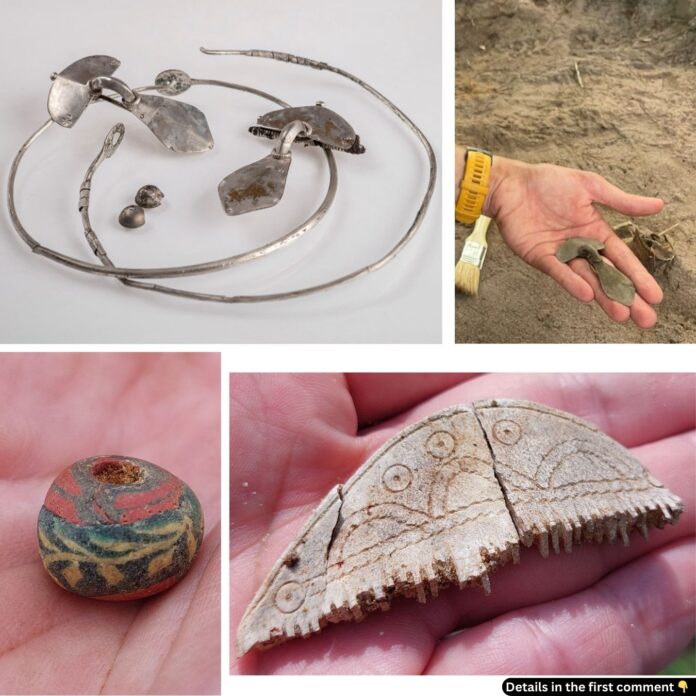In a groundbreaking archaeological discovery along the Wda River in northern Poland, researchers have unearthed a vast 4th-century Gothic cemetery brimming with exquisite silver jewelry and grave goods. This remarkable find, featuring necklaces, brooches, amber beads, and ornate artifacts, not only highlights the Goths’ extraordinary craftsmanship but also sheds light on their burial traditions and social dynamics during their migration across Europe. The excavation is a testament to the Gothic tribes’ rich legacy, blending cultural artistry and historical significance.
A Discovery Rooted in Chance
The discovery began with Olaf Popkiewicz, a YouTube archaeology content creator, who stumbled upon a gleaming piece of silver while exploring the Wda River. Recognizing its historical value, Popkiewicz promptly notified local archaeologists.
Excavations quickly followed, revealing over 50 Gothic graves in a 2,700-square-foot area. The site is believed to be just a fraction of an ancient burial ground spanning over 2.5 acres. This find represents a new chapter in understanding Gothic burial practices and their artistic achievements.
The Treasure Within: Grave Goods Unearthed
The cemetery is a treasure trove of artifacts, including:
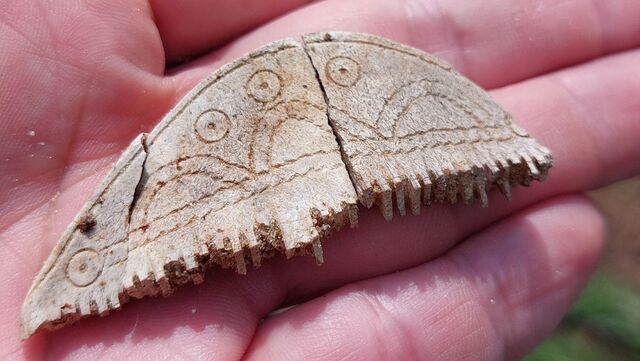
- Silver Necklaces and Brooches: The jewelry showcases intricate designs, with snake motifs symbolizing cultural or spiritual significance.
- Amber Beads and Pottery: These items reflect the Goths’ connection to trade routes and their access to luxury goods.
- Unique Cremation Urns: Unlike ordinary vessels, these urns were crafted specifically for burial purposes, incapable of retaining liquid and unsuitable for daily use.
- Carved Artifacts: A comb-like object with snake designs adds another layer of mystery to the Gothic aesthetic.
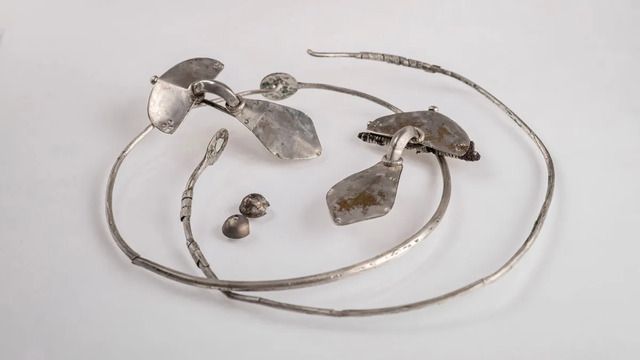
These findings emphasize the Goths’ prowess as artisans, rivaling even the craftsmanship of the Roman Empire. Their ability to create high-quality silver jewelry speaks to their skills as silversmiths and their participation in ancient trade networks.
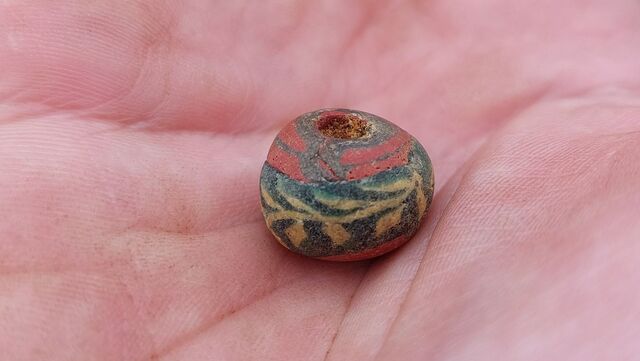
Video
Discover the 12 most amazing recent treasure and artifact finds – watch the video to explore these incredible discoveries and their fascinating stories!
A Glimpse into Gothic Culture and Migration
The Goths, a Germanic tribe originating from Scandinavia, migrated southward across Europe from the 1st to 5th centuries. Their journey brought them into contact with Roman territories, influencing their culture and craftsmanship. The cemetery unearthed in Poland provides a snapshot of this transitional period, revealing their burial customs and societal structure.
The graves unearthed at the site align with findings from other Gothic burial grounds, such as Wielbark and Weklice. These discoveries paint a picture of a thriving culture that valued artistry, craftsmanship, and symbolic burial practices. Gothic tribes left an indelible mark on European history, famously sacking Rome in A.D. 410 and establishing kingdoms that influenced the continent’s development.
Burial Practices and Rituals
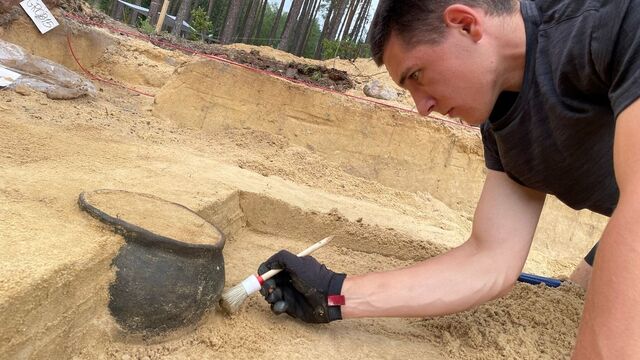
The newly discovered cemetery offers fascinating insights into Gothic burial customs:
- Pit Graves and Cremations: The site features both inhumation and cremation burials. Cremated remains were placed in urns, highlighting a distinct ritualistic element.
- Purpose-Built Urns: The urns’ design, specifically for funerary use, underscores the importance of the afterlife in Gothic belief systems.
- Grave Goods: The inclusion of jewelry, tools, and pottery in graves suggests that the Goths believed in equipping the deceased for their journey into the afterlife.
These practices reveal a blend of practicality and spiritual significance, reflecting the Goths’ complex worldview.
The Artistry of Gothic Silversmiths
One of the most striking aspects of the discovery is the high quality of the silver artifacts. Gothic silversmiths were highly skilled artisans, creating jewelry that rivaled Roman craftsmanship. Items like fibulae (brooches) and necklaces demonstrate meticulous attention to detail, with motifs that likely held cultural or symbolic meaning.
According to experts, the silver ornaments were made from exceptionally pure metal, surpassing the standards of modern jewelry production. This level of quality underscores the Goths’ expertise in metallurgy and their ability to access valuable resources through trade and alliances.
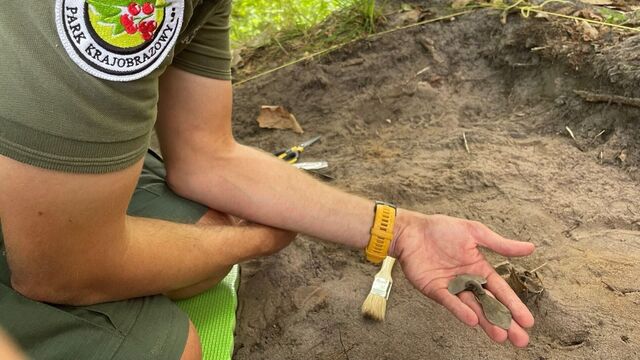
The Urgent Need for Preservation
While the discovery has opened a window into the past, it also highlights the fragility of archaeological sites. Much of the cemetery is at risk of degradation due to environmental factors. Archaeologists are racing against time to excavate and preserve as much of the site as possible.
Efforts are underway to document the findings and ensure their protection for future study. However, preserving such a large and historically significant site poses logistical and financial challenges. The team hopes to uncover more graves and artifacts, shedding further light on the Gothic tribes’ legacy.
A Broader Perspective on Gothic Influence
The excavation not only enriches our understanding of Gothic culture but also underscores their role in the broader context of European history. The Goths’ interaction with the Roman Empire influenced their craftsmanship, trade, and societal structure. This blending of cultures is evident in the artifacts discovered, which reflect a fusion of Gothic and Roman artistic styles.
The find also challenges the traditional narrative of Goths as “barbarians.” Instead, it portrays them as a sophisticated and skilled society with a deep appreciation for artistry and cultural expression.
Conclusion
The vast Gothic cemetery uncovered in Poland is a testament to the richness and complexity of Gothic culture. From the exquisite silver jewelry to the unique burial practices, the site offers invaluable insights into a society that shaped European history. As archaeologists continue to excavate and study the site, they not only preserve the legacy of the Goths but also deepen our understanding of humanity’s shared past. This discovery reminds us of the importance of protecting and studying archaeological sites, ensuring that these stories from the past continue to inspire future generations.
